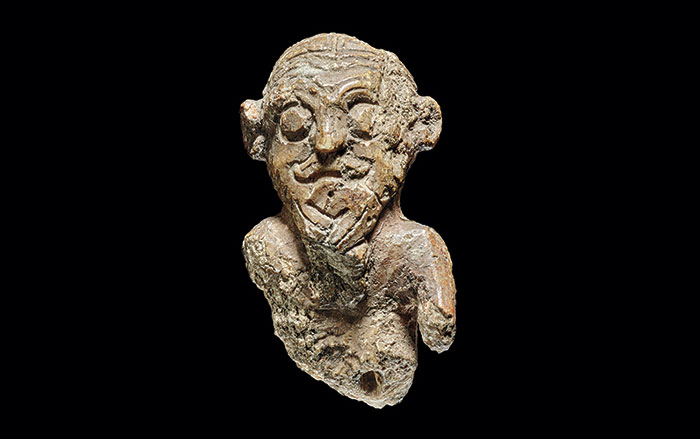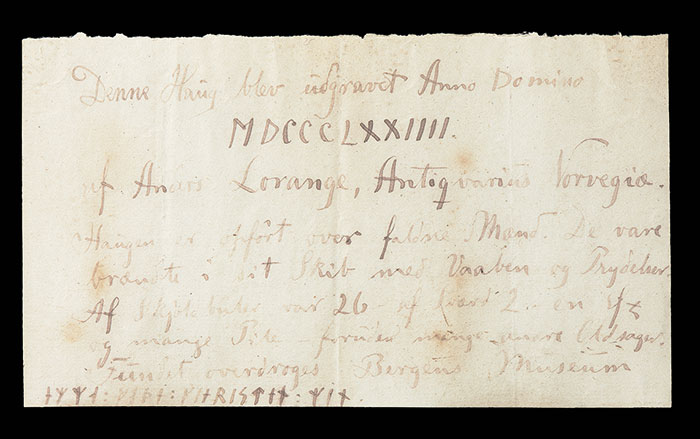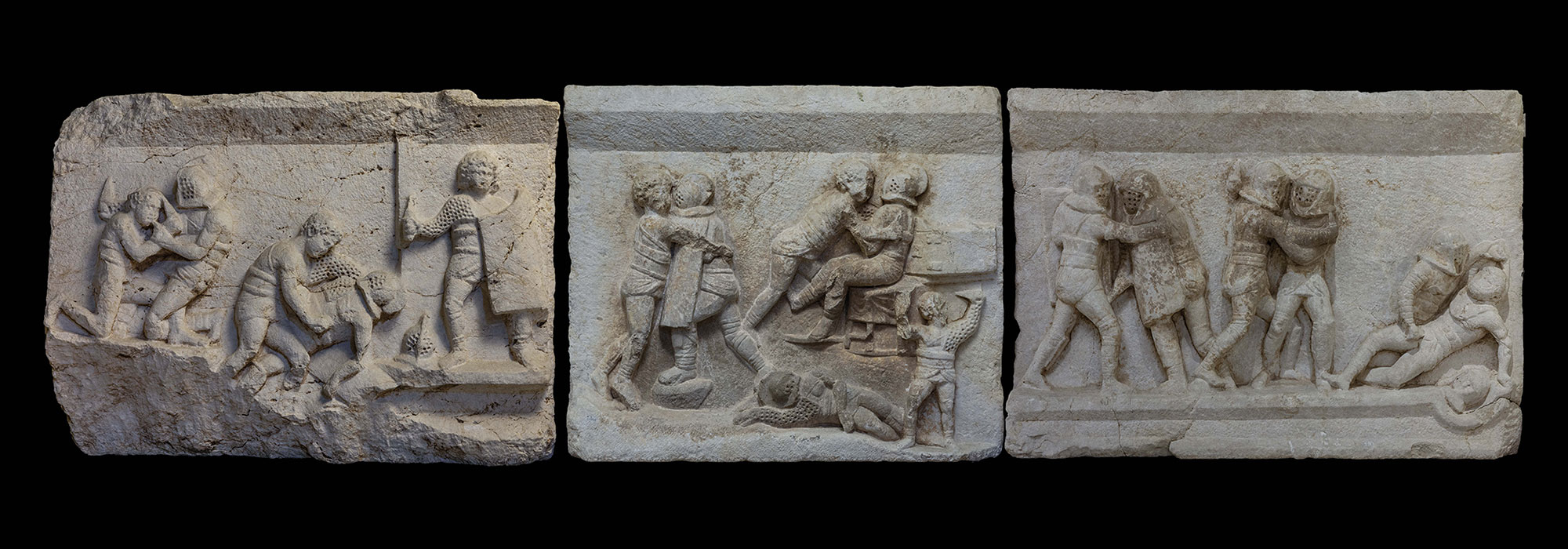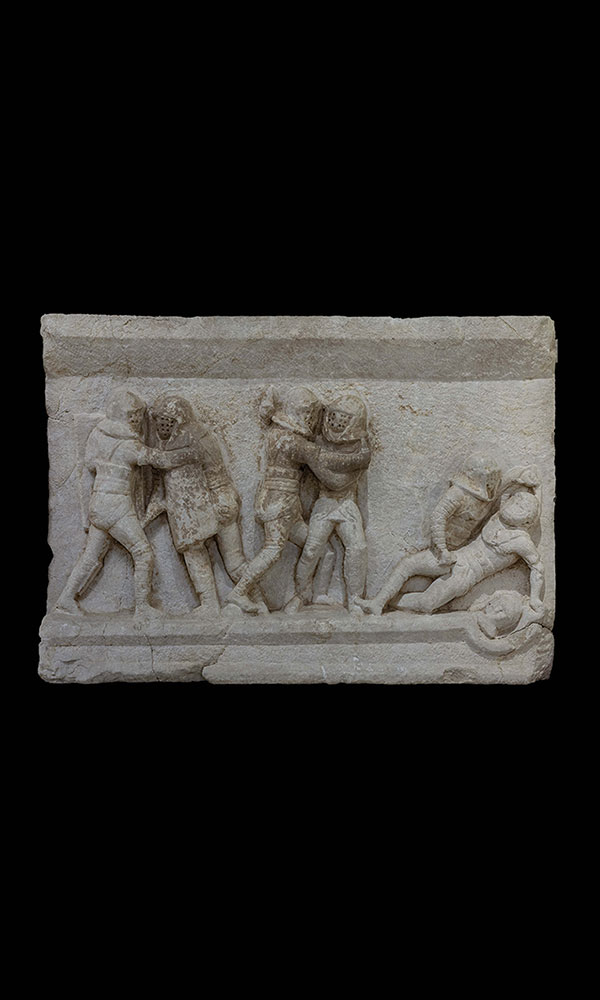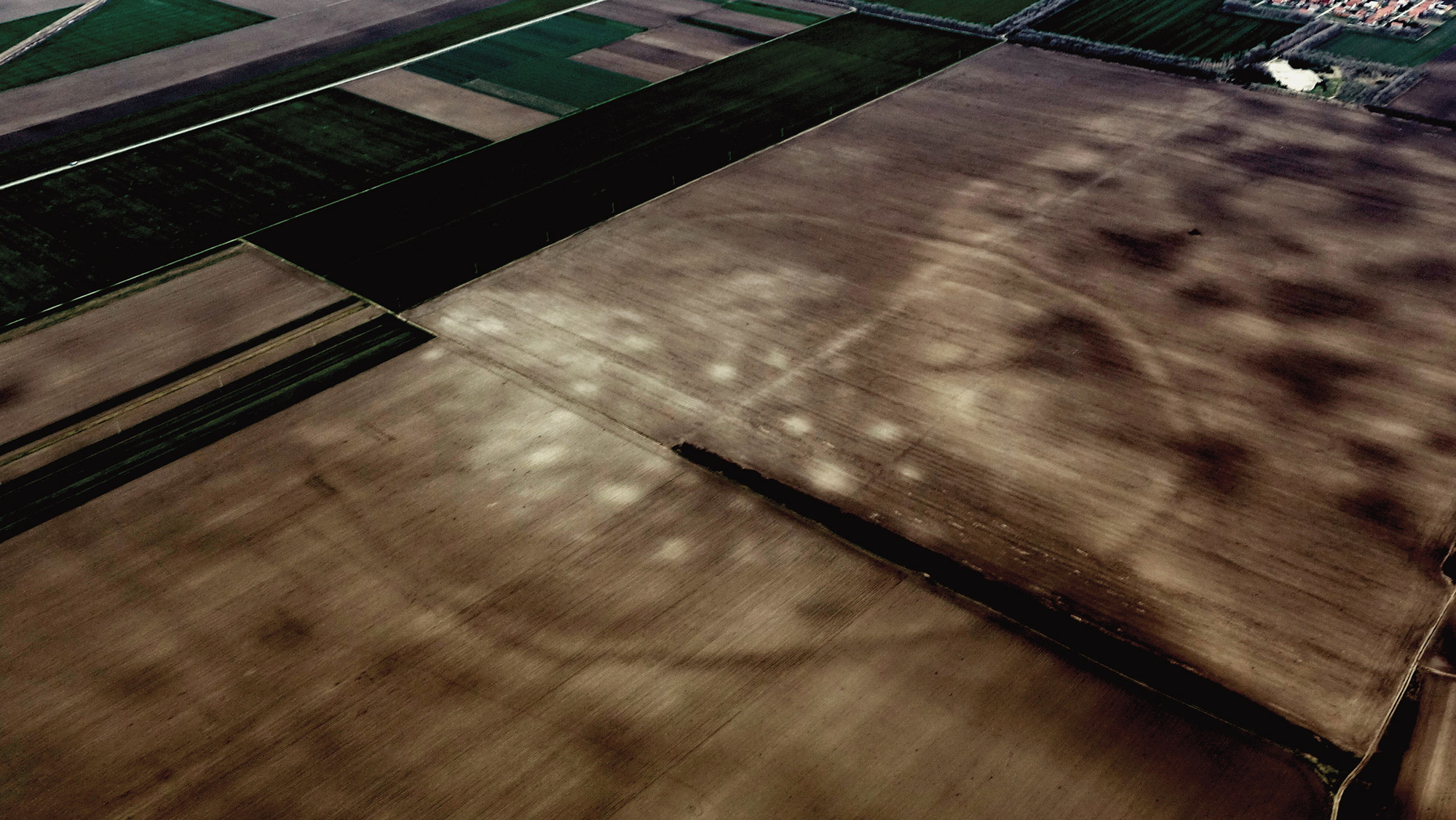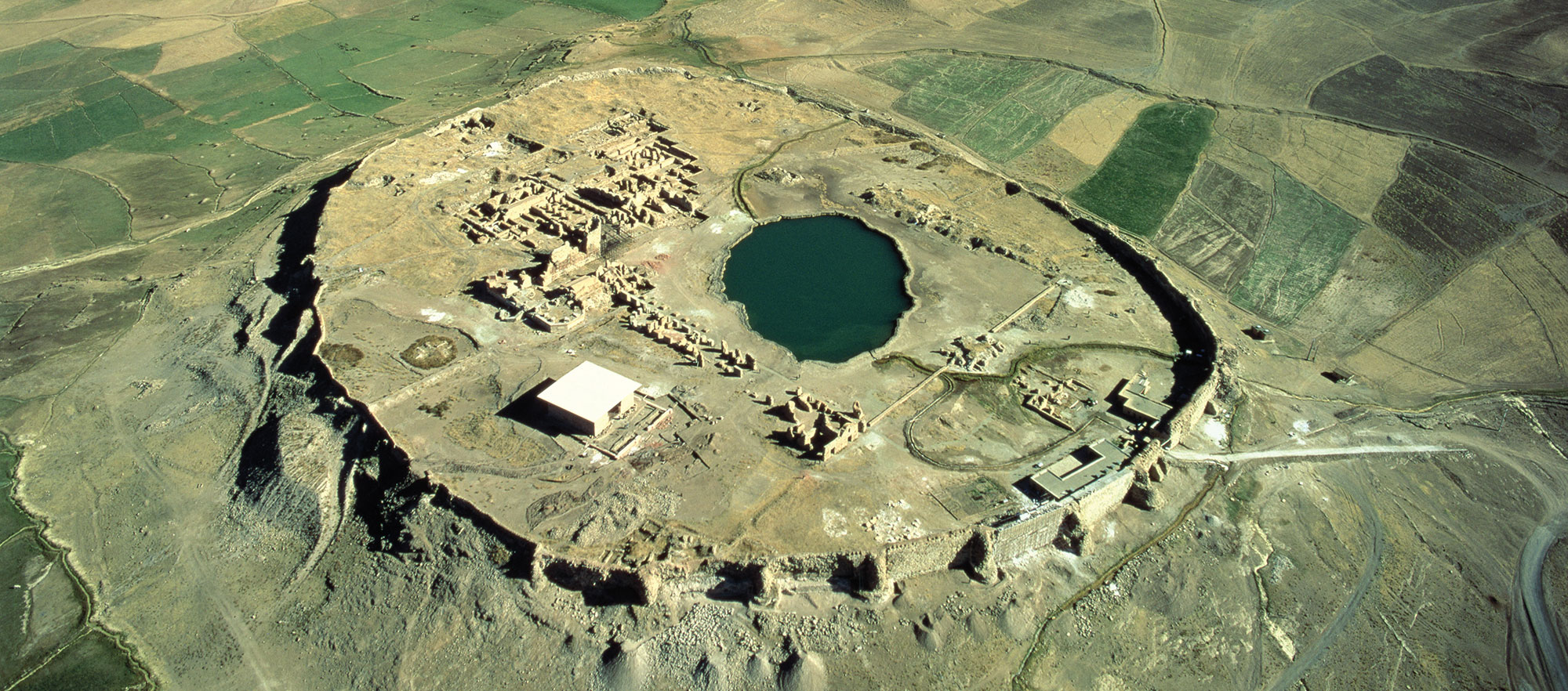

According to a twelfth-century legend, the island of Selja is the birthplace of Norwegian Christianity and the location where the country’s only female martyr, a tenth-century a.d. Irish Christian queen named Sunniva, perished. To avoid marrying an invading pagan tyrant, Sunniva is said to have escaped Ireland by boat along with her retinue and to have washed up on Selja, where they were attacked by Norsemen. Sunniva and her companions, known as the Seljumenn, sought refuge in a cave, praying to God to save them through death—whereupon an angel released a rockslide, crushing the faithful and entombing their bodies.
Later written sources record that, in a.d. 996, the Christian king Olaf Tryggvason (reigned a.d. 995–1000) and his bishop came to Selja. They found what they believed were Sunniva’s and the Seljumenn’s bones and built Norway’s first Christian sanctuary. Around 1070, Olaf Kyrre (reigned 1066–1093) constructed Saint Sunniva Church in front of the cave and a larger bishop’s church below. The story of Norway’s first saint drew flocks of pilgrims to Selja, where Benedictines built a monastery around 1100. In 1170, Saint Sunniva’s relics were transferred to Christ Church Cathedral in the city of Bergen. Sunniva was made patron saint of the city and, later, of western Norway.
Although historians think Sunniva is fictional, explains archaeologist Regin Meyer of the Norwegian Institute for Cultural Heritage Research, there is possible evidence for the Seljumenn. “The Seljumenn are Selja’s true mystery,” he says. “There’s an interesting theory that they might have been Irish monks who came to Norway as hermits or missionaries.”
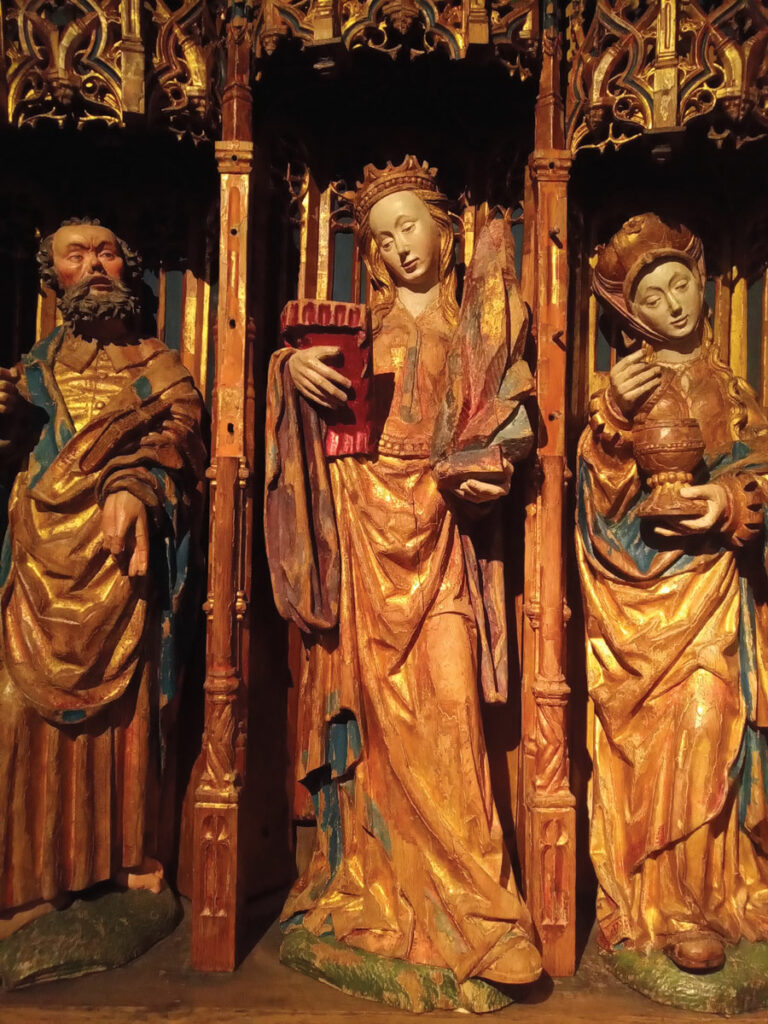
Meyer is part of a project to conserve the ruins of Saint Sunniva Church—which was heavily restored in 1909 following earlier excavations—and has found that stones at the base of the choir are older and of a different material than those in the nave. “Even before the church built by Olaf Kyrre, there was an older, smaller stone chapel,” Meyer says. “We believe it was dedicated to the Seljumenn.” He also found architectural features similar to those found in structures from Anglo-Saxon England. Olaf Tryggvason, along with a later Christian king, Olaf Haraldsson (reigned 1015–1028), joined Danish forces invading England until switching sides and allying with the Anglo-Saxons in return for handsome payment. When they returned to fully conquer Norway and introduce Christianity, Meyer says, they arrived with Anglo-Saxon priests, and probably craftspeople as well.
THE SITE
Every year on July 8, worshippers commemorate the feast day of Saint Sunniva on Selja. They celebrate the Seljumenn Mass, a liturgy first performed by Olaf Haraldsson—who would become Saint Olaf. During the summer, visitors can buy souvenirs and get information about the site at the Regional Pilgrim Center in the mainland town of Selje, a 15-minute boat ride from the island. Meyer recommends walking to the sanctuary via a path that is likely the same one followed by medieval pilgrims. You can also explore the monastery’s stone ruins and climb its tower. Stairs lead to Saint Sunniva Church, and, above it, the martyr’s cave and a rock shelter that was converted into a chapel. From this vantage, visitors can enjoy a breathtaking view of the North Sea.
WHILE YOU’RE THERE
Take a ferry south to see another cave and medieval church associated with Sunniva on nearby Kinn, which, legend holds, is the island where her sister Borni drifted ashore. Kinn’s dramatic rock formations served as the backdrop for scenes set on the ocean planet Caladan in the 2021 science-fiction film Dune: Part One. A three-hour drive north of Selje is the coastal town of Ålesund, which is renowned for its art nouveau architecture.



